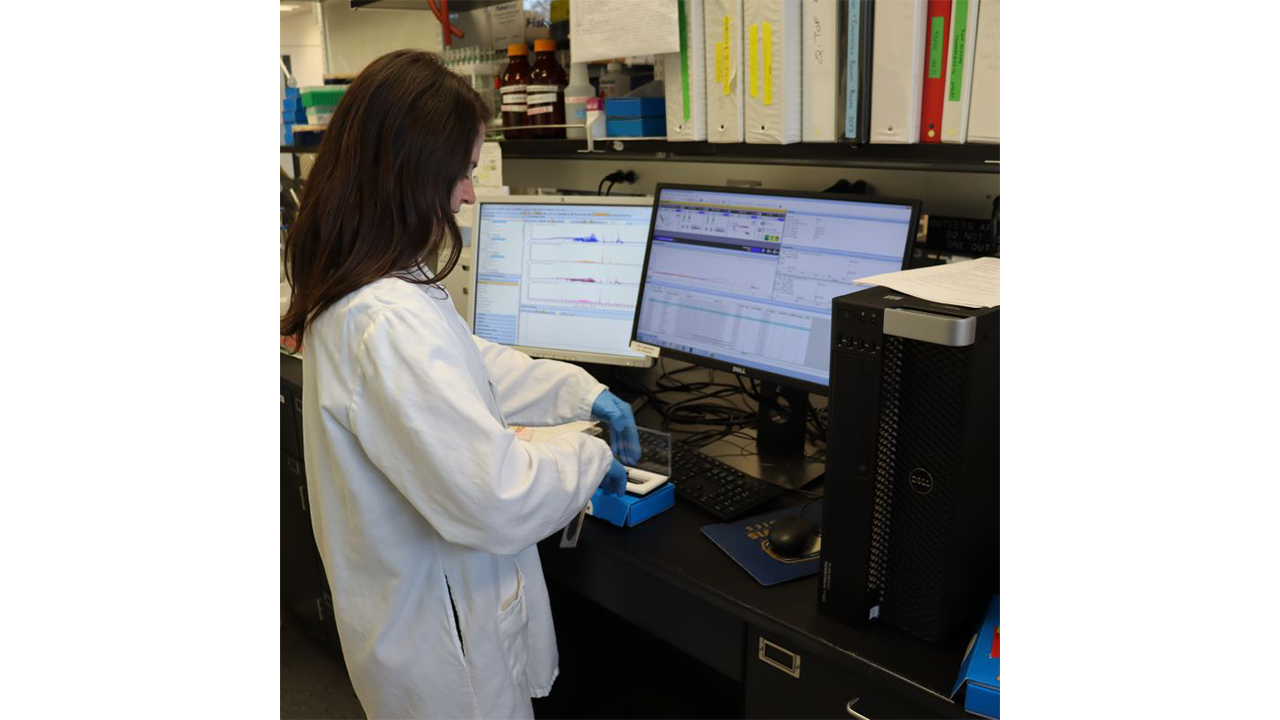
In an April article from Food Ingredients First / Nutrition Insight, Dr. Daniela Barile explains her work on evaluating the bioactive compounds of Chardonnay grape marc (or pomace), which is a substantial waste product of the wine industry, making up around 30% of the grape’s weight. The Chardonnay grape marc is studied because of its health benefits in the gut microbiota and ability to suppress pathogens. Barile has developed a procedure to separate the bioactive compounds (phenolics and oligosaccharides) in the marc and is focusing on oligosaccharides for their possible prebiotic effect and ability to stimulate healthy gut bacteria.
Dr. Selina Wang's lab has been collaborating on this project as well, focusing on the characterization of phenolics compounds both on the grape marc and on the final chocolate product to which the upcycled Chardonnay marc is being added to boost health properties.
The article also covers Sonomaceutical's over ten-year-long study of the grape byproduct, including milling flour from grape seeds, and focuses on the upcycling of WellVine Chardonnay marc into Vine to Bar's premium dark chocolate products.
